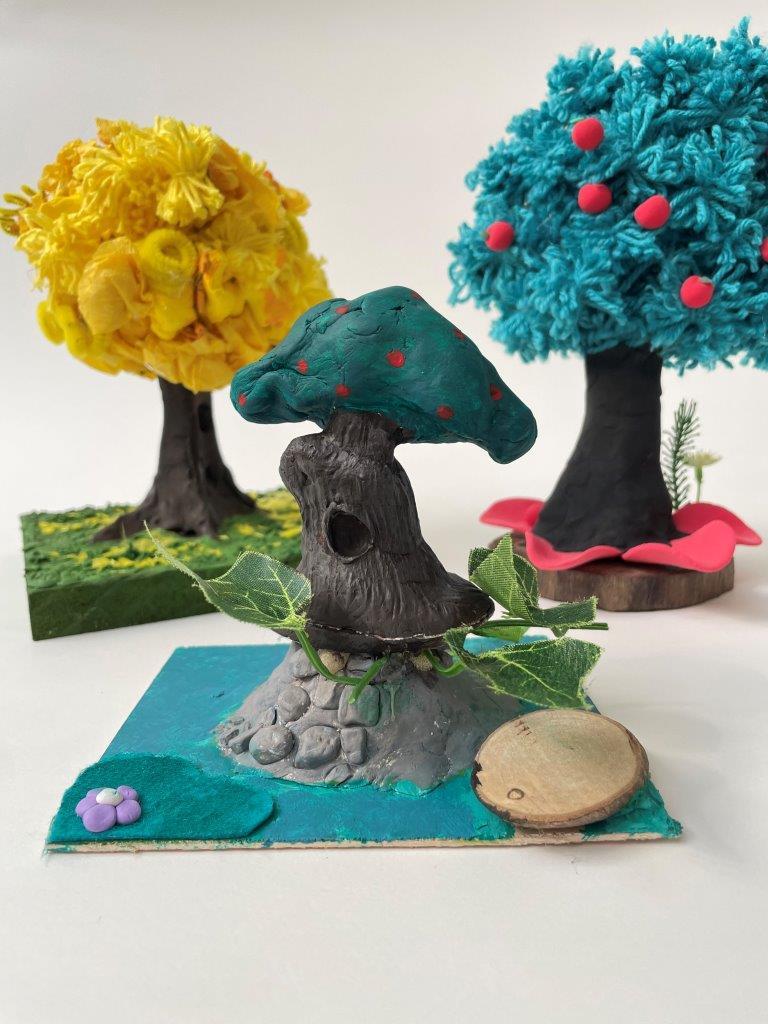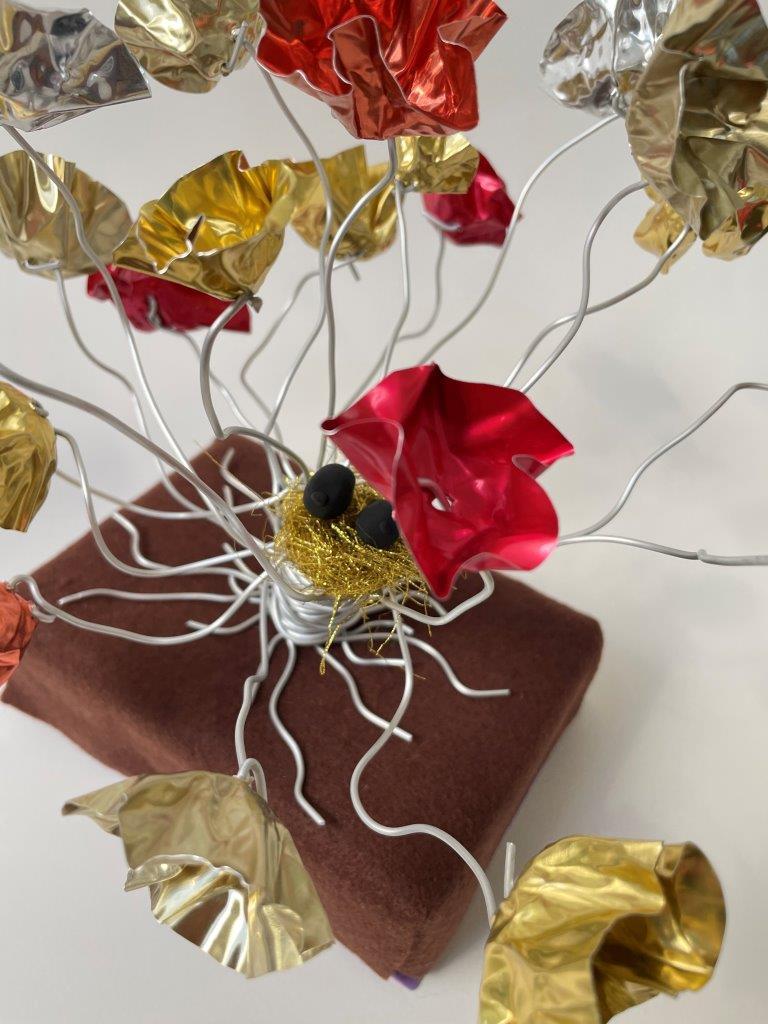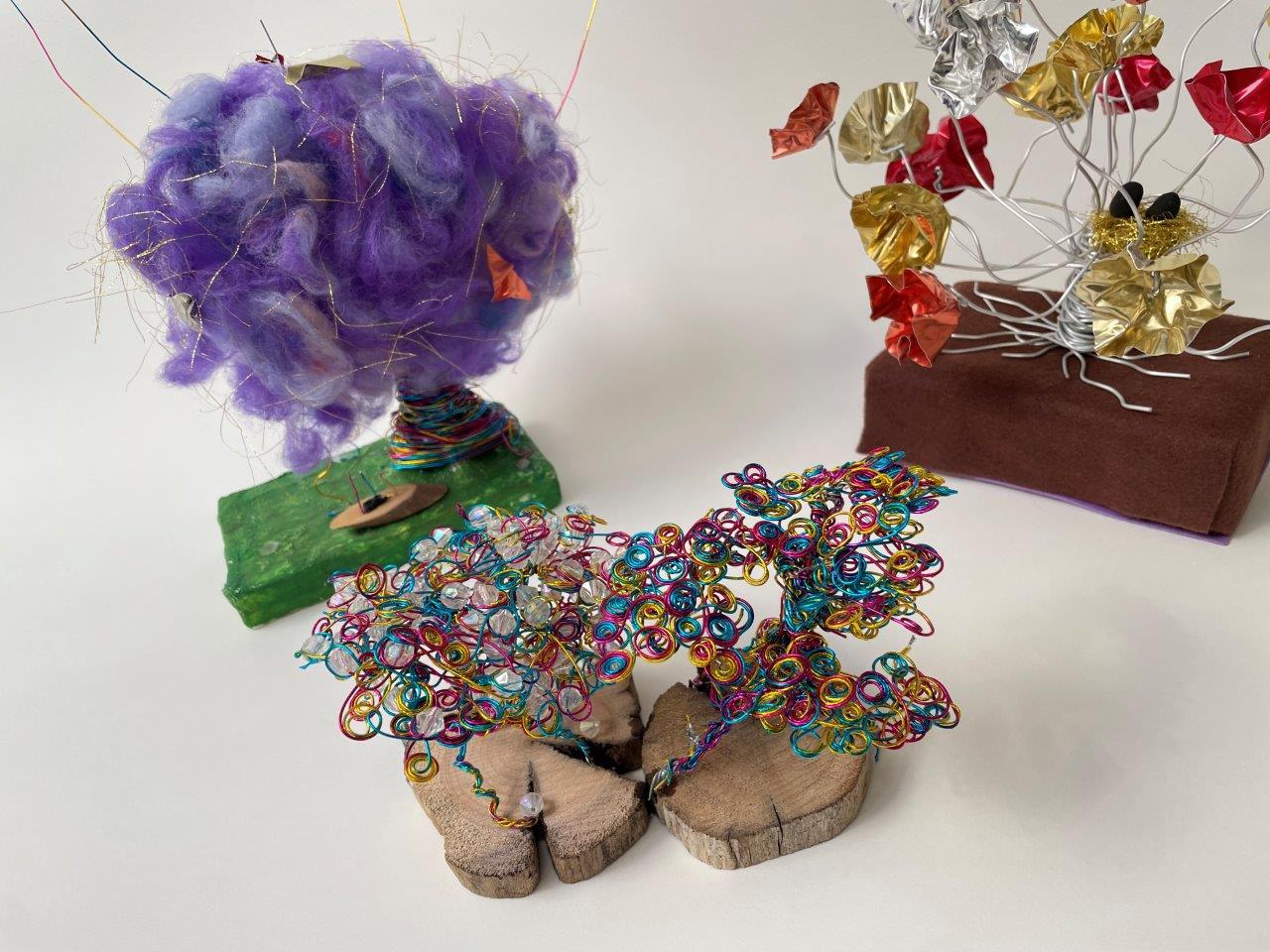
Introducing the Waa Award
It is my pleasure to introduce to you the Waa Award. This new student recognition award emphasises every student’s positive contribution to the college. Rather than being a specific award for one specialty area, the Waa Award requires students to be actively involved across a range of school activities and events.
This award is named in honour of Waa the crow. The traditional custodians of our lands, the Marin-Bulluk clan of the Wurundjeri woi-wurrung people of the Kulin Nation acknowledge Waa as protector. Waa is also the totem and moiety for the clans of Kulin Nation who have kinship with him.
Students will need to gain points in four broad areas, however there is a minimum requirement for academic performance and community contribution. These four areas are:
- Academic
- Community
- Culture
- Sport
There are three levels of award: Bronze, Silver and Gold. Each level of award requires a designated number of points in a specific area. Students must complete a minimum number of points in the areas of Academia and Community and can then make up the remaining points across any category.
| Total Points Required | Academic Minimum | Community Minimum |
Bronze Waa | 400 | 300 | 30 |
Silver Waa | 800 | 600 | 60 |
Gold Waa | 1100 | 750 | 100 |
The Waa Award intends to recognise and celebrate student contributions to the college over the entire span of their time as a student. As students reach milestones, they will receive a lapel badge corresponding to either the bronze, silver or gold level of achievement.
We have backdated a number of points for all students, and as such many students will be receiving awards across the term. I hope that you will take the opportunity to congratulate and encourage your children to strive for these awards throughout their time as a student at Caroline Chisholm Catholic College. The Waa Award is earned, not given, and reflects ongoing commitment to the college community and their studies.
More information on the Waa Award will be published through our college publications soon.
Tristan O'Brien
Deputy Principal - Faith & Mission
Religious Education - Visual Arts Focus
Our Year 12 Religious Education visual arts students have been exploring our annual theme of the Parable of the Mustard Seed. We are pleased to share their words and artwork.
Sarah Muscat:
My piece interprets the parable of the Mustard Seed as it resembles a tree that has gone through a transformation. The tree situated on one side is a tree that alone looks complete and joyous however, in comparison to the tree next to it, looks bare and bland. This is a representation of how different visual perceptions are made. Whilst one tree alone looks quite extravagant once compared to the other it looks like the lesser. This idea links to the parable because when ‘man’ or ‘god’ planted their smallest seed the largest tree grew from it to help and change the world. My piece conveys this because the simplistic approach of the initial tree can do just the same and is made from essentially the same materials, the beads are the difference between the two. Linking back to the parable the beads are what makes us all different. However, we all come from the smallest of seeds and have the potential to become the biggest of trees no matter who we are. My sources of inspiration were primarily the wire money/bonsai trees which remind me of peace, relaxation and clarity.
Akshita Benny:
My artwork interprets the verse “Though it is the smallest of all seeds, yet when it grows, it is the largest of garden plants and becomes a tree, so that the birds come and perch in its branches.” I believe this interpretation is conveyed as in the front it shows a small wooden plank with mustard seeds, but coming out of them are small pieces of florist wire that is the same material as the trunk to resemble the seeds sprouting. These “sprouts’ are also on the base as if growing from the ground, representing how the mustard seed is growing larger. In addition, there is a large tree, and embedded in it are various representations of birds as a reference to the scripture and how the mustard plant grows large enough to harbour and shelter birds.
Jacy Dinh:
The parable's primary message is about the nature and growth of the kingdom of heaven. “Though it is the smallest of all seeds, yet when it grows, it is the largest of garden plants and becomes a tree, so that the birds come and perch in its branches.” Although the kingdom may start small and seemingly insignificant, it has the potential to grow and expand beyond expectations. My tree stems from the centre of a blooming flower symbolising new life; flowers are small like mustard seeds which communicates the overall message of the mustard seed being seen as “small and insignificant”. However, a tree is able to sprout, bearing apples; a symbol of beauty and hope for prosperity.
Louise Phan Nguyen:
My source of inspiration is the Asian bonsai tree and lilyponds, I incorporate apples onto the tree to help represent that it would grow and spread across the world to an unlimited number of “God’s” followers. The term Bonsai in Japanese means 'planted in a container', and the plant is believed to bring good luck and harmony. My artwork interprets The Parable of the Mustard Seed by how small and tiny the seed of the tree will start off first and as time goes and it grows into a big tree, that’s when it’ll make a big difference – and even though we can sometimes feel small, Jesus tells us that we can also make a huge difference.
Alyssa:
In my interpretation of the parable of the mustard seed, it teaches us that we humans must create an environment (the kingdom of heaven) that accepts and benefits all forms of life.
The chopped-up yarn scattered around the base represent leaves on the ground that provide a visual comparison between how much larger the tree is from its leaves to refer to the parable, “the smallest of all the seeds, grows the tallest of trees”. With the seed representing our ideas planted into the world that can change our society into something great.
The pipe cleaners and the pom poms hand made from yarn is used to give texture and add to the tree’s size symbolising how the brilliance of the tree allow for birds to “make nests in its branches”. This signifies how we must contribute to our community by bringing shelter and food for the need.
I chose the colour of the base as a rich green to represent the very healthy grass which refers to the parable about how sunlight will strengthen the stem and deepen the roots of our tree. This teaches others that with a properly replenished soil, a tree can thrive and flourish. Similarly, a society built on love and compassion is one that can also thrive and flourish.
Duc Le:
My artwork titled "The Mustard Tree's Park" was an interpretation and creativity inspired by the “parable of the mustard seed”. The vibrant orange tree presented in the artwork symbolizes growth and strength, much like the mustard seed that grows into a large tree. It reflects the idea that if we nurture ourselves at the right time, we can achieve mental and personal growth, ultimately becoming the best version of ourselves. The birds perching on the tree represent the success and abundance that come from this growth. My sources of inspiration for this artwork were primarily a park where everyone can come to relax and enjoy a fresh atmosphere while can reflect on themselves through the Mustard Tree. To enhance the visual impact, I used orange cotton to envelop the tree, creating a contrast with the grey ground. Materials such as air-hardened clay and modelling clay were employed to shape the elements of the artwork. This allowed me to experiment with different textures and techniques. Through this process, I learned about the versatility of clay as a medium and the importance of colour contrast in conveying a theme effectively. The strongest element of art in my artwork is the colour contrast. The combination of the orange tree against the grey ground catches the attention directly to the tree, emphasizing its significance. The warm orange colour evokes a feeling of coziness and comfort, contemplating the message of personal growth and success.
Louise Pelle:
My artwork’s title ‘The Power of the Mustard Seed’ interprets the parable as I made a cherry blossom tree bloom out of the sacred words written on the Bible, as I transcript the original parable of the Mustard Seed onto the paper to give it that religious and spiritual feeling. The tree seems to have grown out of the pages, from the little yellow mustard seeds scattered around the pages. Around the tree are little green leaves that have meaningful words written on it, as I wanted to do this to show the importance of many ideas related to God that resemble with the tree. I chose cherry blossom petals as they resemble vitality and vibrancy, as it reminds us that life is fleeting, and we must appreciate ourselves and grow to the full potential. The spiritual significance and symbolism of my artwork speaks to the pleasantness, goodness, and sweetness of life as the smallest of faith can have the biggest impact.
Jemelle Cruz:
The different sizes and shapes of the flowers in my artwork convey the ever-growing state people are in. Throughout life, different branches and flowers grow and blossom as people prosper in God's hand that has taken the mustard seed, a metaphor for a person, and sowed it in his field, allowing them to flourish and grow in his love. The warm brown base is bare and simple, void of any usual signs of life or growth such as foliage and vegetation, to indicate that the odds stacked against a person in conditions where they may struggle to grow and sustain life (like having a small, seemingly unpromising seed), or foster a relationship between themselves and God, is not strong enough to quell and combat the strength and power of God's nurturing hand.













 QUICKLINKS
QUICKLINKS














